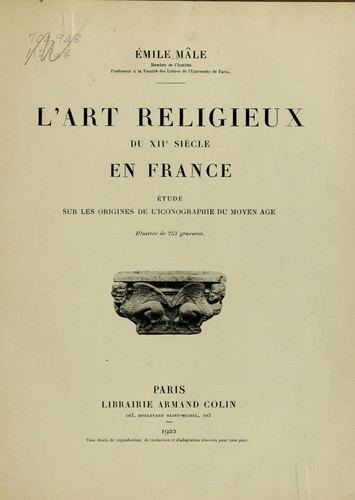Name Emile Male Role Historian | ||
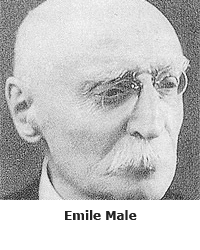 | ||
Books The Gothic Image - Religious, Religious Art in France: 1, Religious Art from the Twelfth to, Religious Art in France - X, Religious Art in France of | ||
Nominations Nobel Prize in Literature | ||
Voyage à Verdun pour le collège Emile Mâle
Émile Mâle ([emil mɑl]; 2 June 1862 – 6 October 1954) was a French art historian, one of the first to study medieval, mostly sacral French art and the influence of Eastern European iconography thereon. He was a member of the Académie française, and a director of the Académie de France à Rome.
Contents
- Voyage Verdun pour le collge Emile Mle
- Collge Emile Mle Commentry Chansons des poilus
- Biography
- Honours
- Works
- References
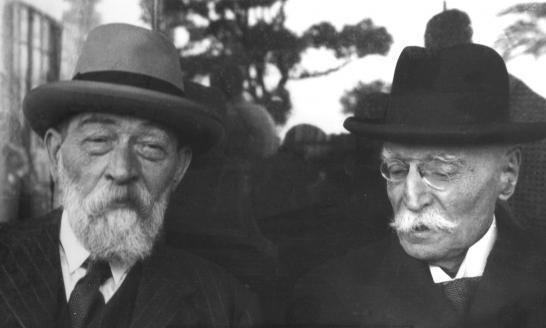
Collège Emile Mâle - Commentry - Chansons des poilus
Biography
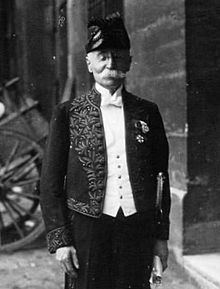
Mâle was born in Commentry, Auvergne. A pupil at the École normale supérieure, he received his degree in 1886. He taught rhetoric at Saint-Étienne, then at the University of Toulouse. He received his doctorate in 1899. Having taught a course in the history of Christian art at the Sorbonne since 1906, he held the chair in history of art there from 1912. He was the successor to Louis Duchesne as head of the French Academy in Rome, 1923-1937. Among Mâle's many contributions to the understanding of the art of bygone eras were his explanations of iconography and the use of allegory in religious art.
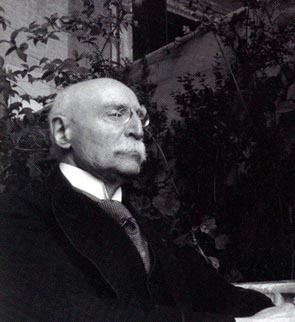
In particular, his doctoral thesis on the Gothic art of France (revised over three editions) L'Art religieux du XIIIe siècle en France (1899) translated into English as The Gothic Image: Religious Art in France of the Thirteenth Century from the third edition of 1910 (or omitting "The Gothic Image" from title, especially in the US) remains in print.

He died in Fontaine-Chaalis, Oise.
Honours
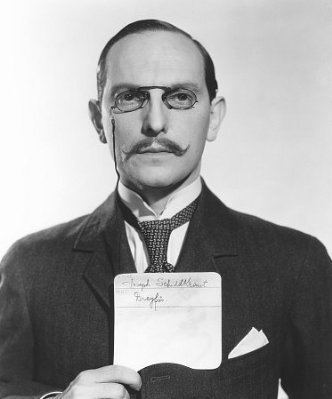
Works
